Submitted by WA Contents
Wonderlab, a new interactive gallery for children, opened at London’s Science Museum
United Kingdom Architecture News - Oct 18, 2016 - 14:58 23644 views
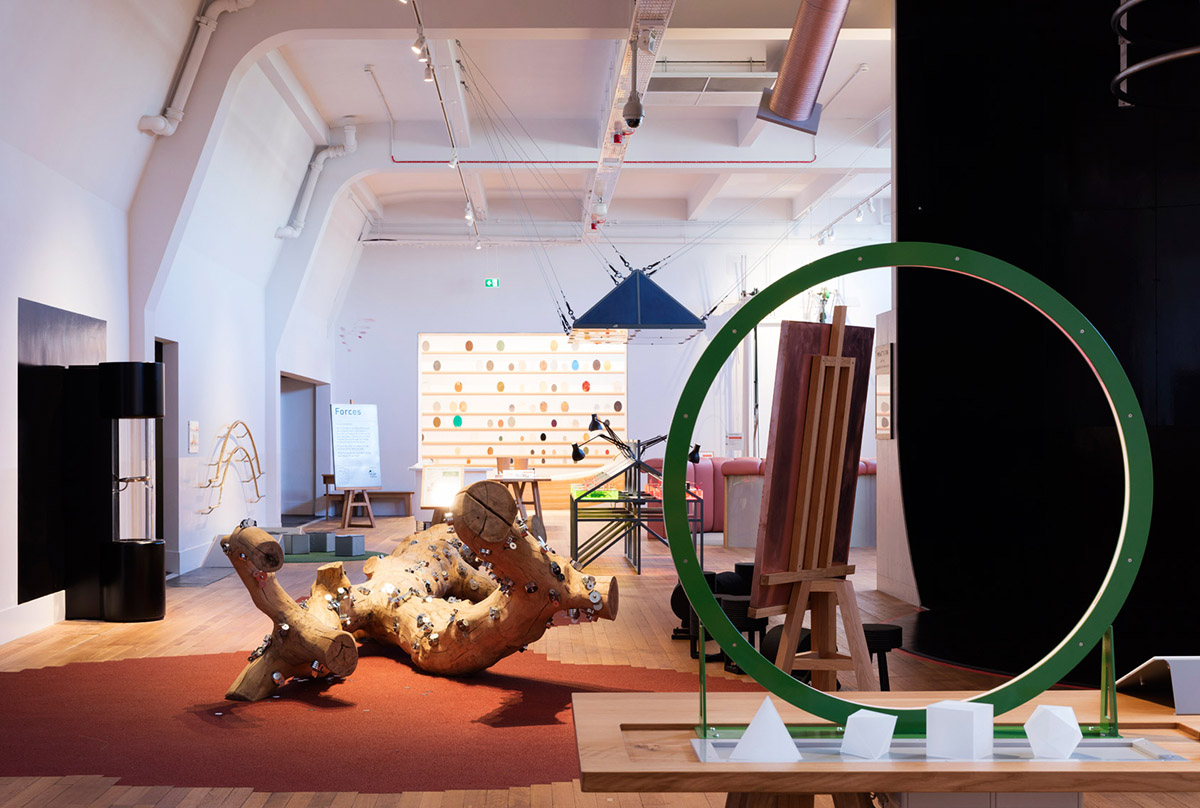
A new interactive gallery, Wonderlab, presents a new type of immersive playground for children, introducing new scientific discovery, opened at London's Science Museum. Designed by Muf, this spectacular gallery is derived from the need to clearly communicate scientific principles, while introducing a playful environment inside.
Wonderlab challenges the generic bright, wipe clean, panelled architecture of many schools and public spaces, instead Muf has created a robust, hardworking space which also delivers a sense of grandeur and delight.

Muf’s design draws on well known spaces of scientific discovery and learning – Faraday’s lecture hall can be seen in the show space, the orrery recalls George Wright of Derby’s famous painting, and a visit to the still-in-use chemistry labs in Oxford inspired the Chemistry Bar.
Muf has designed the gallery and much of its contents in collaboration with the Science Museum, crafts people, artists, contractors, engineers, lighting designers, graphic designers, cost consultants and project managers, including: Siobhan Liddell, Felix de Pass, Luke Jones, Michael Grubb, Arnout Visser, Will Yates Johnson, Swedish design practice Front, graphic design practice Objectif, furniture makers Benchmark, interior designers Paragon, engineers Arup, and Ramboll.

The £6 million permanent gallery features unique exhibits, specially-commissioned artworks, explosive demonstrations and immersive experiences led by the Museum's talented team of science communicators, Explainers, to inspire visitors of all ages to wonder at the science and mathematics that shape our lives.
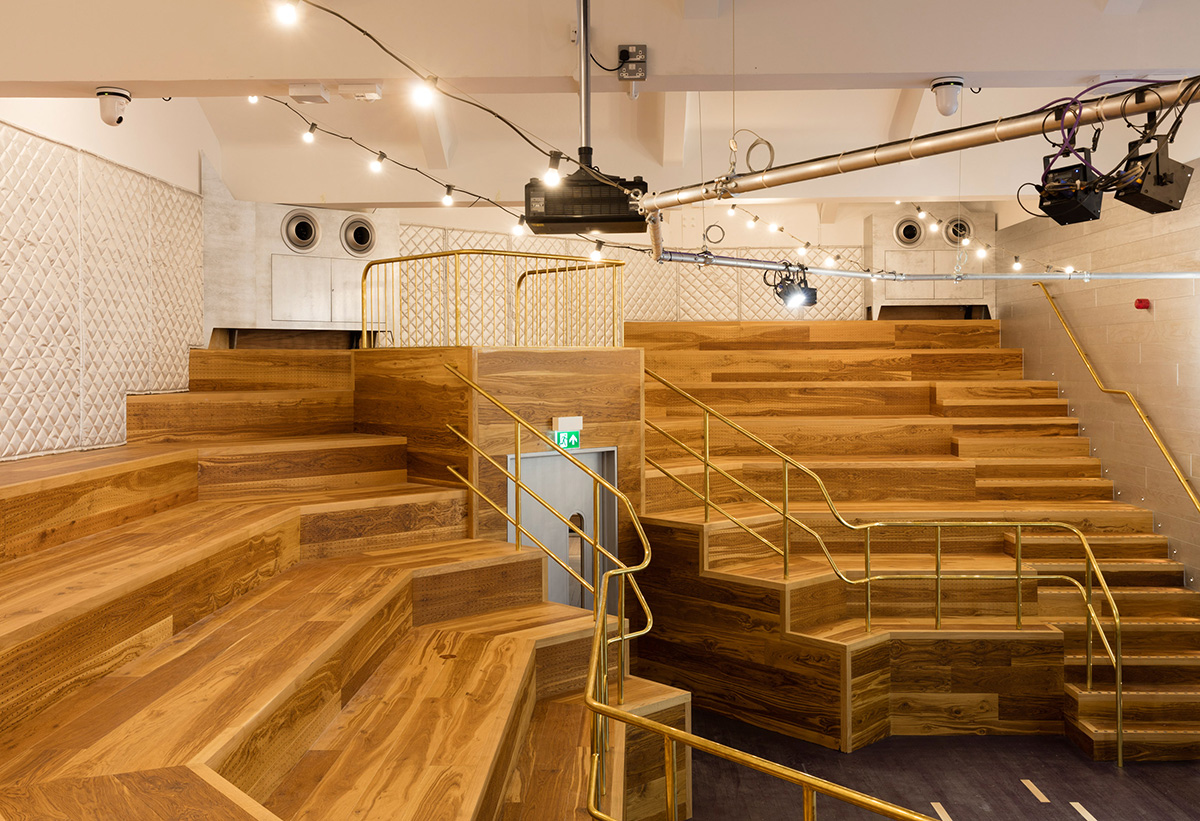
''We set out designing Wonderlab to reveal the wonder and beauty in science and maths and to get our visitors to think like a scientist with close attention, curiosity and creativity. It’s been a real joy to work with talented architects and artists to put these ideas at the heart of everything from the most spectacular exhibits in the gallery right down to the smallest details in the furniture. I’m incredibly excited to see our visitors flood in and hopefully come back to explore Wonderlab for years to come,'' said Wonderlab Curator, Toby Parkin.
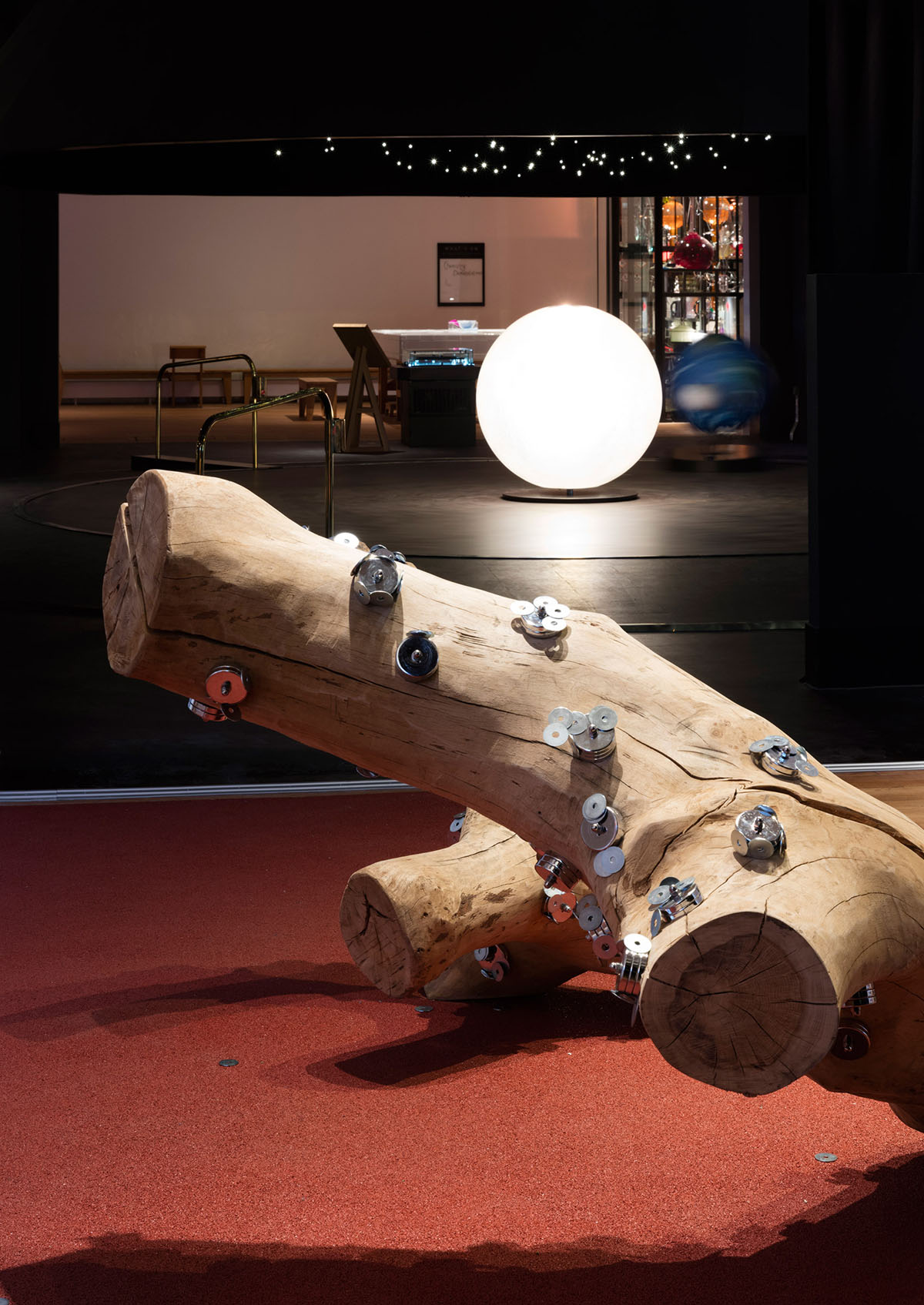
''The Science Museum Group’s core purpose is to ignite curiosity in our visitors. We’re confident we will do this in spades with Wonderlab: The Statoil Gallery - a perfect mix of curatorial flair, scientific clout and joyous imagination,'' said Science Museum Group Director, Ian Blatchford.
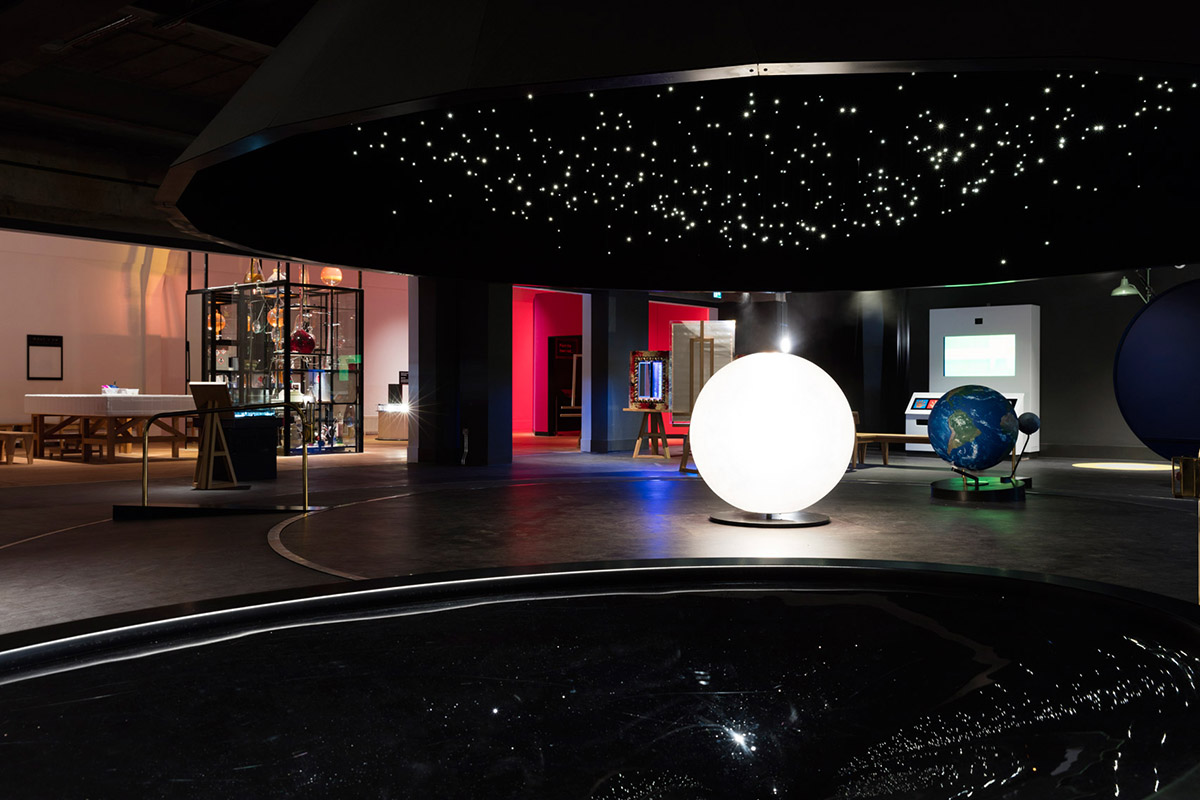
With over 50 exhibits across seven zones, visitors to the gallery will explore the incredible phenomena that occur around us every day, with topics as diverse as sound, forces, light, electricity, maths, matter and space. Wonderlab is also home to three live demonstration areas and a 120-capacity showspace inspired by the Royal Institution’s world-renowned Faraday Theatre.

Muf Architecture/Art was founded in 1994 and focuses on pioneering and innovative projects that address the social, spatial and economic infrastructures of the public realm. Muf are specialists in public realm architecture and art.
The studio's recent projects include Bedlam: the Asylum and Beyond, Therapeutic Conflicts: Co-Producing Meaning in Mental Health, Ruskin Square Art Strategy, King’s Crescent Estate and Ruskin Square.
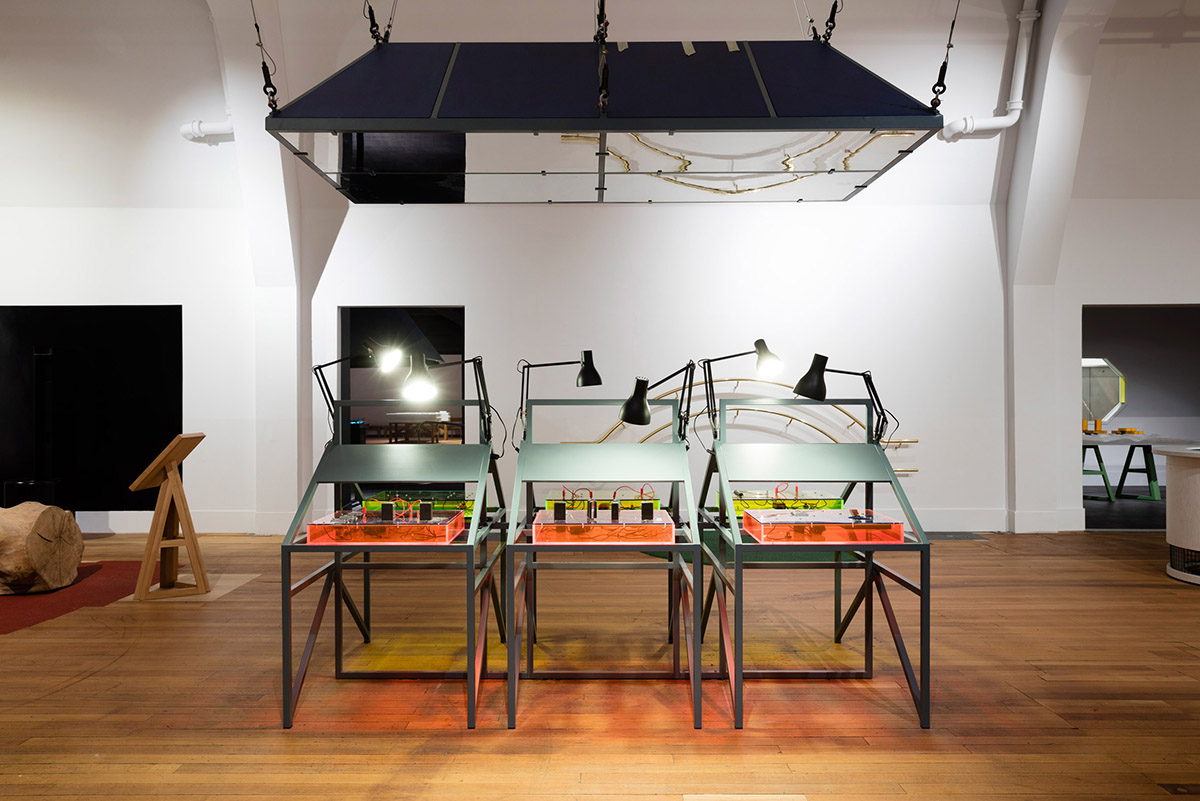
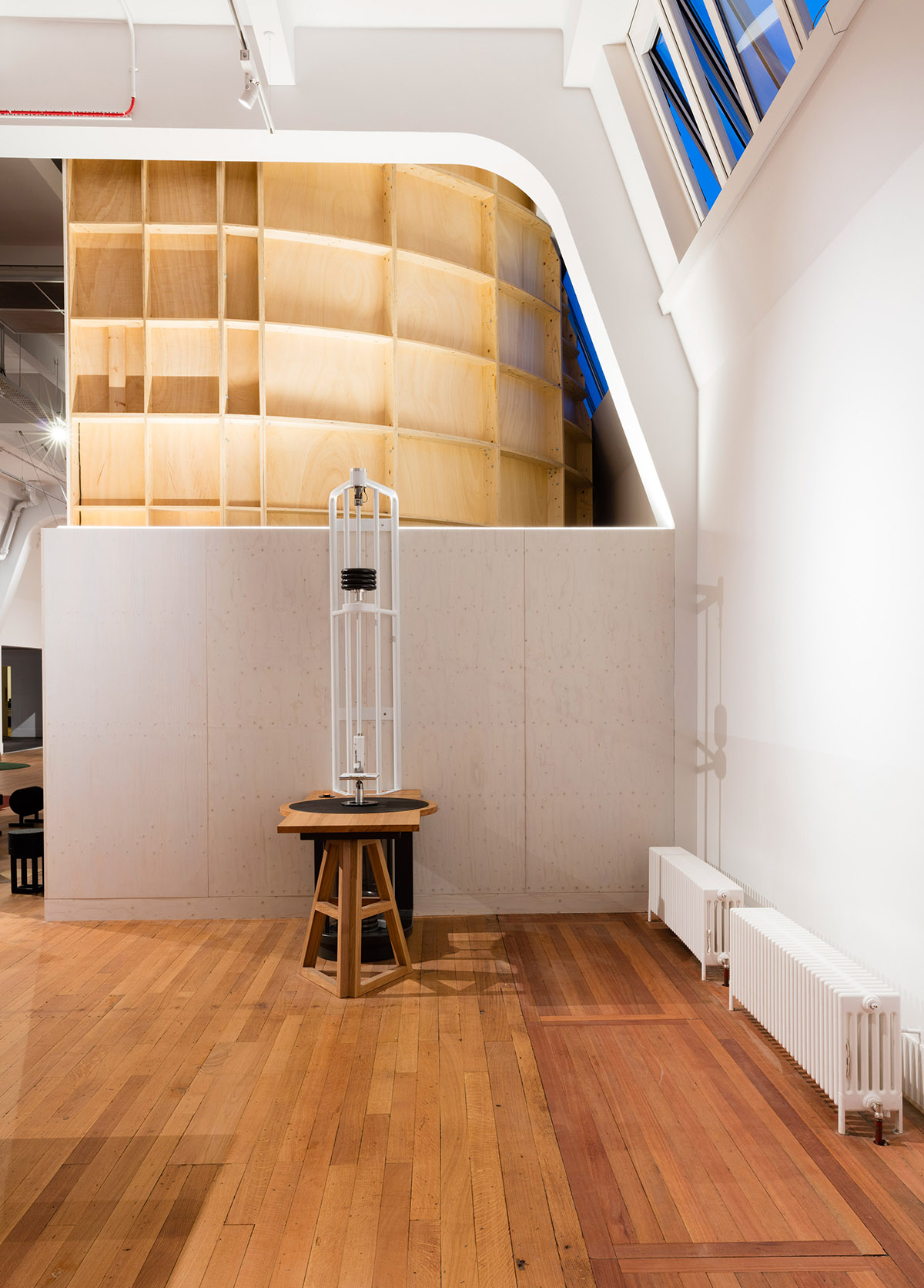
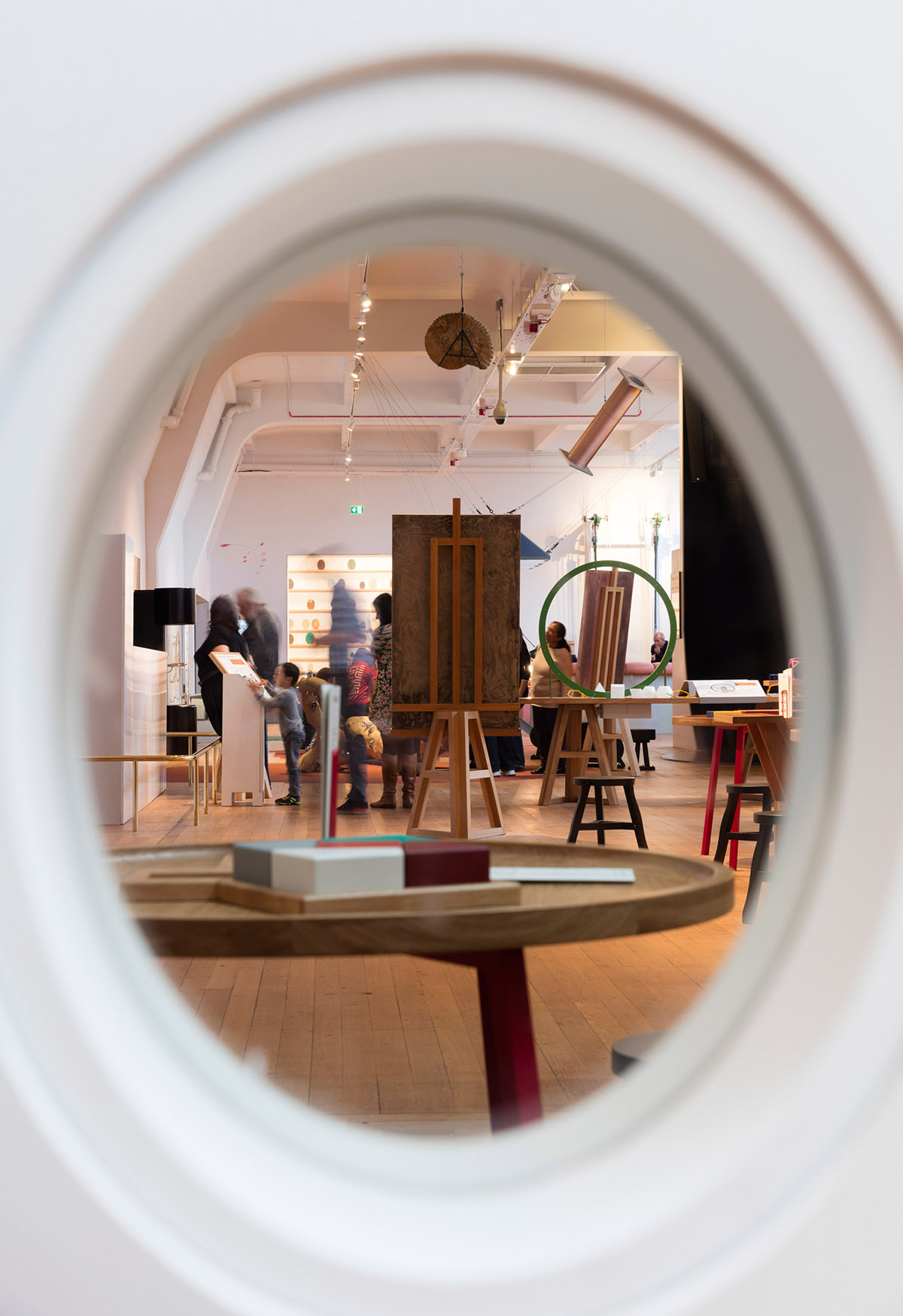
All images © Plastiques
> via Muf
